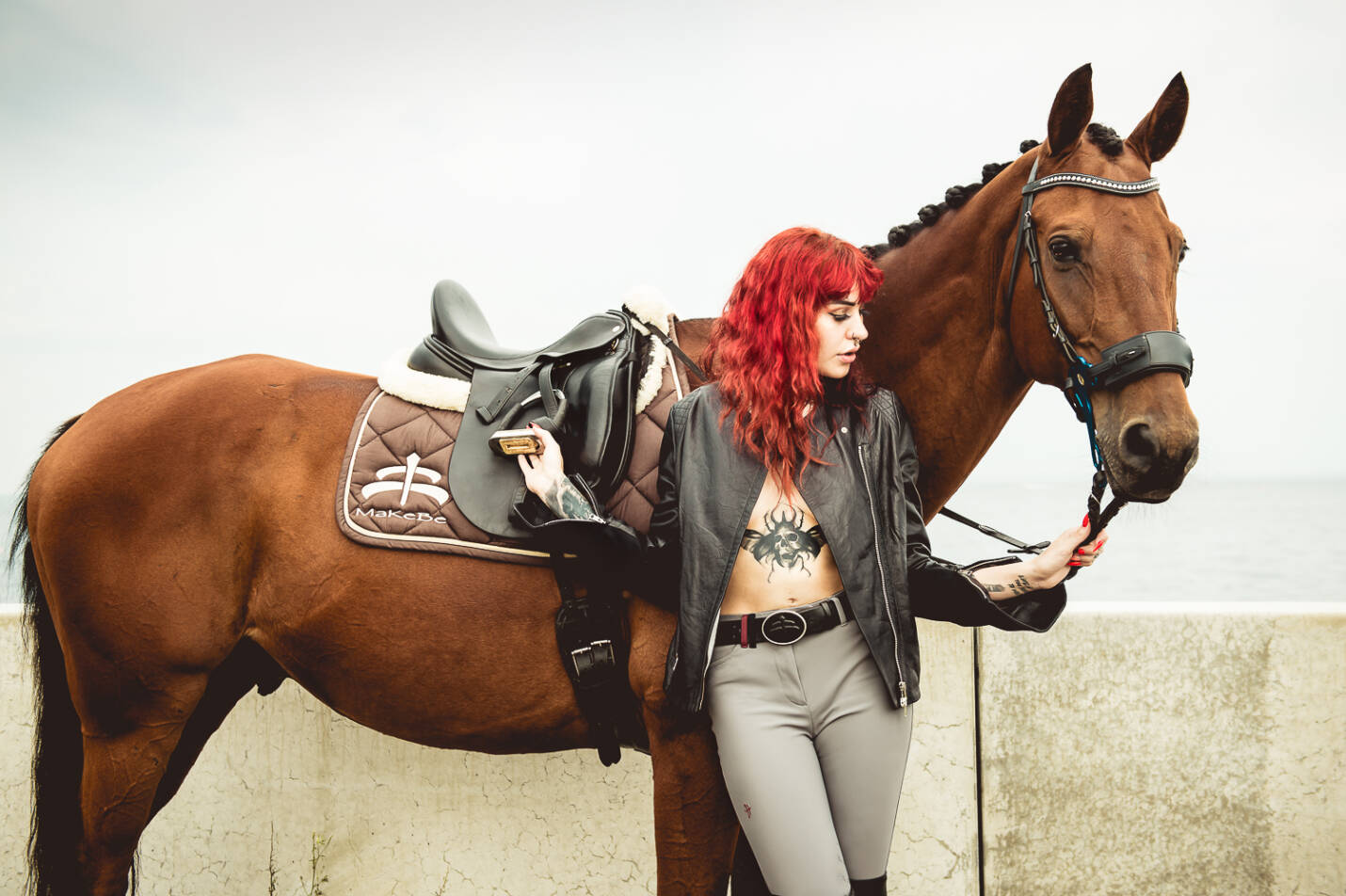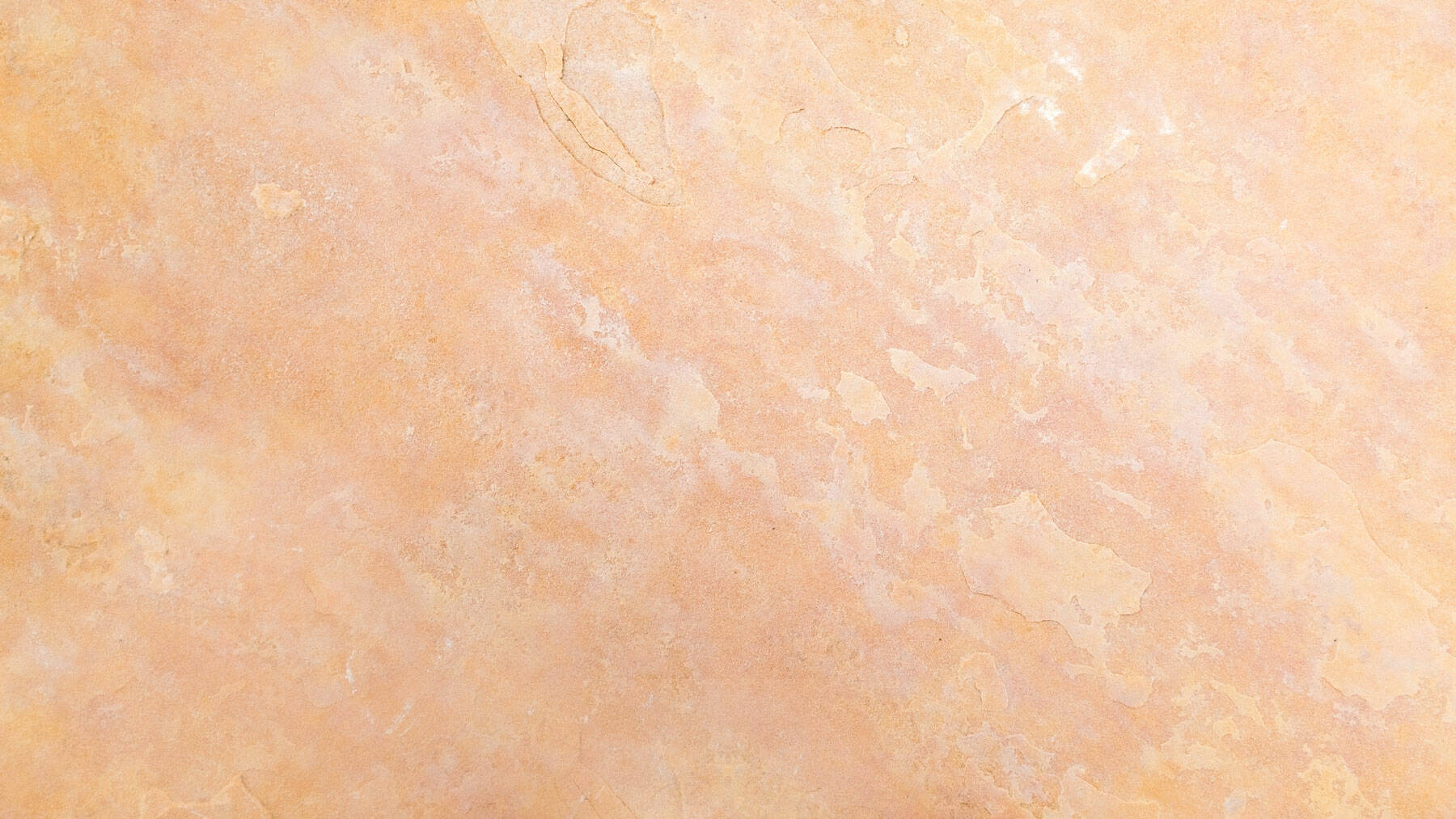
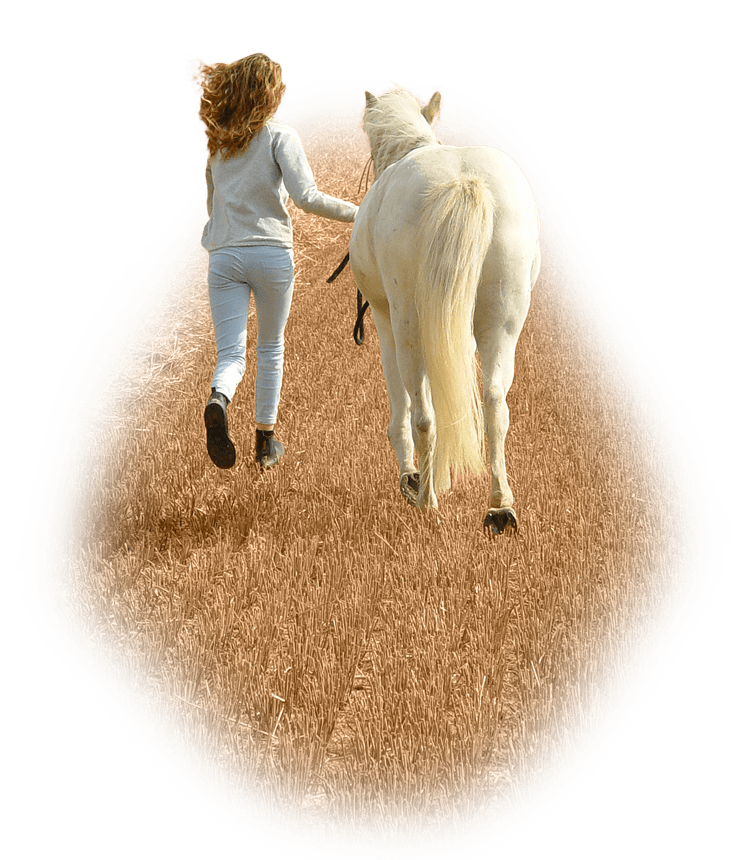
It is often said that a horse can live until it is somewhere between 20 and 35 years old. This of course depends on the breed, how much the horse has been used throughout its life, how robust it is genetically, and naturally when the owner decides that it is time to say goodbye. Finding out when your horse can be classified as ‘old’ can be difficult, and it may be even more difficult to find out when it is time to slow down training. In short, the best advice, we can give you, is to listen to your horse and accept the fact that it can be “old” when it is 15 as well as when it is 25. It is up to you to notice.
Precisely as it applies to humans, working out keeps the horse healthy. Of course, a 25-year-old horse should not be trained in the same way as 15-year-old, just like an 85-year-old man rarely trains for a marathon. But moderate exercise will keep your old horse strong and healthy. To make your elderly horse last as long as possible, it is wise to slow down the training, when it starts to show signs of old age.
9 Signs that your
horse is getting old
Importantly, we must keep in mind: Even though your horse starts to show some signs of aging, its riding career is not necessarily over. Some horses can perform at a high level until they are 18-19 years old, while others are worn out by the age of 12. It is ultimately up to you to realize how your horse is doing, and this can be really difficult. To help you we have listed 9 signs that your horse is getting old.
What about training?
The older horse should not just exercise every weekend. Instead, it should be lightly worked several times a week. Frequent, small amount of riding is best.
As mentioned, you cannot solely use the horse’s age to determine its physical condition. But it still might be valuable to compare the age of a horse with that of a human, just to have something to relate to. Just remember to not just look at the number, but to try to understand it in the context of how you experience your horse.
Most recognized is a method of calculating the horse’s age into ‘human years’ made by the British veterinarian Dr. Jornigan. This veterinarian does not believe that one ‘horse year’ corresponds to a certain number of human years. Instead, it should be assumed that the horse’s first year corresponds to 12 human years, and that its second year corresponds to another 9 human years. Then the horse’s next 3 years are equal to 4 human years each. And when the horse is 5 years old, every subsequent year is counted for 2,5 human years.
Sources
BlueCross / Kentucky Equine Research / S.E. Blackwell: ’The Senior Horse – More Than Just Basic Care’.

Check out the latest news on our platforms


Receive our newsletter about the daily life with horses in your inbox
By Tina Bjerre Nielsen
Exercise regularly
Around the eyes, ears, on the muzzle and forehead, mane and tail.
And more marked.
Hard to build up – especially in thoroughbreds and warmbloods.
Such as arthritis, osteoarthritis, spavin, Cushing, laminitis, respiratory problems, liver and kidney problems, cataracts, sarcoids and melanomas (cancer).
This may also be a sign of Cushing, liver or kidney problems.
Which can also be a symptom of something serious such as a tumor.
Which are i.e., shown by the horse leaving some of his feed.
I.e., the horse lies down more and is generally resting more often than earlier in his life.
When it is harder for the horse to fulfill what is normally expected of it, you know it is time to slow down. Make sure though that it´s not a sign of illness.
Expect less of your horse. Lower the height of the fences or cut down the number of dressage exercises. This way you reduce the risk of injuries or loss of motivation.
Make the training easier
Varied training will keep your horse happy and motivated despite his age. In addition, variation strengthens the horse – just as it does for horses of all ages. Do not hesitate to go for a ride outdoors in the nature several times a week. Nature simply does not demand the same level of muscle, balance and endurance of the horse as consistent work in the arena.
Variation is the key
Before and after training it is important to give the old horse plenty of time to warm up and cool down, because the body is working slower.
Thorough warm up
Because the horse’s upper line is changing when it gets old, you must be careful with the saddle. Probably, you should go with a professional saddle check when your horse gets old.
Watch out for the saddle
1 Years
2 Years
3 Years
4 Years
5 Years
6 Years
7 Years
8 Years
9 Years
10 Years
11 Years
12 Years
13 Years
14 Years
15 Years
12
21
25
29
33
35,5
38
40,5
43
45,5
48
50,5
53
55,5
58
16 Years
17 Years
18 Years
19 Years
20 Years
21 Years
22 Years
23 Years
24 Years
25 Years
26 Years
27 Years
28 Years
29 Years
30 Years
60,5
63
65,5
68
70,5
73
75,5
78
80,5
83
85,5
88
90,5
93
95,5
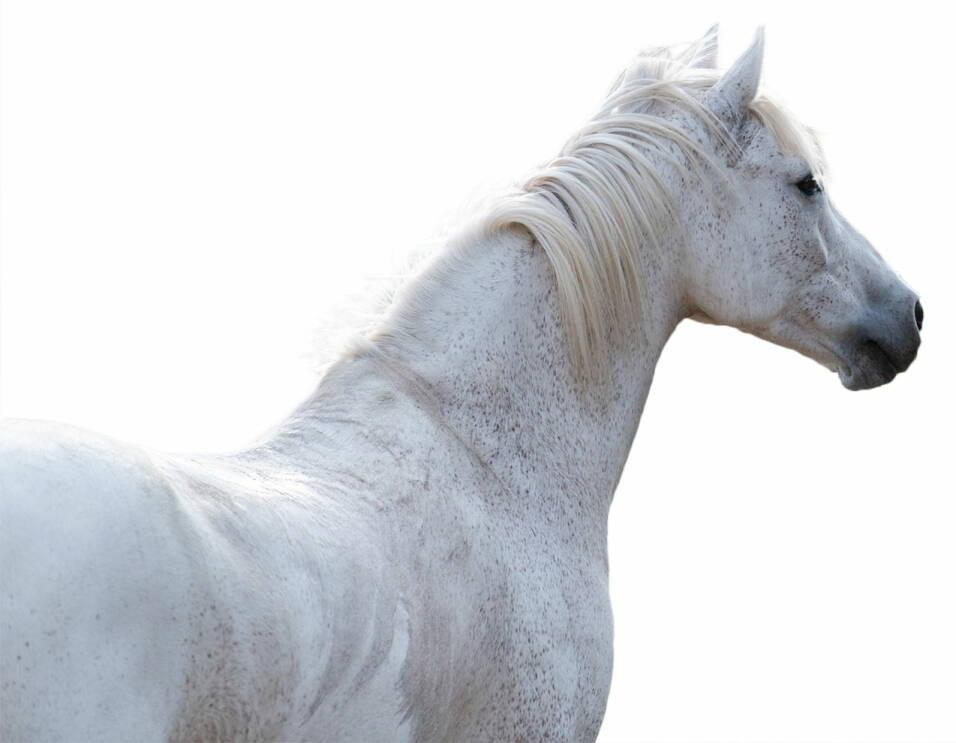
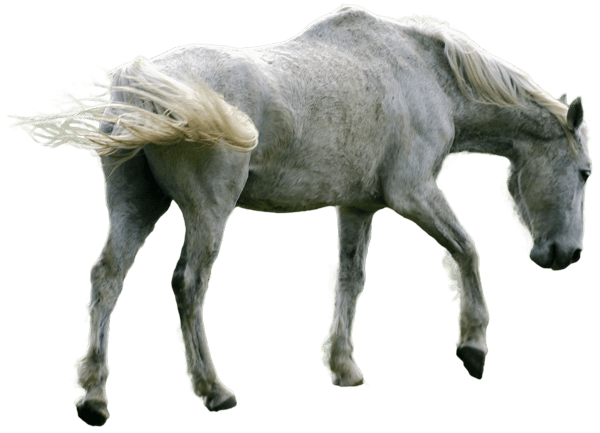
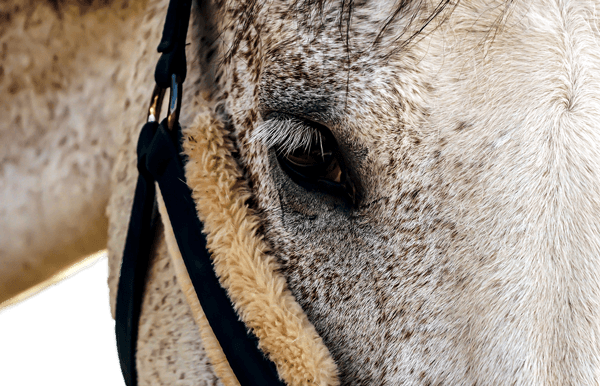
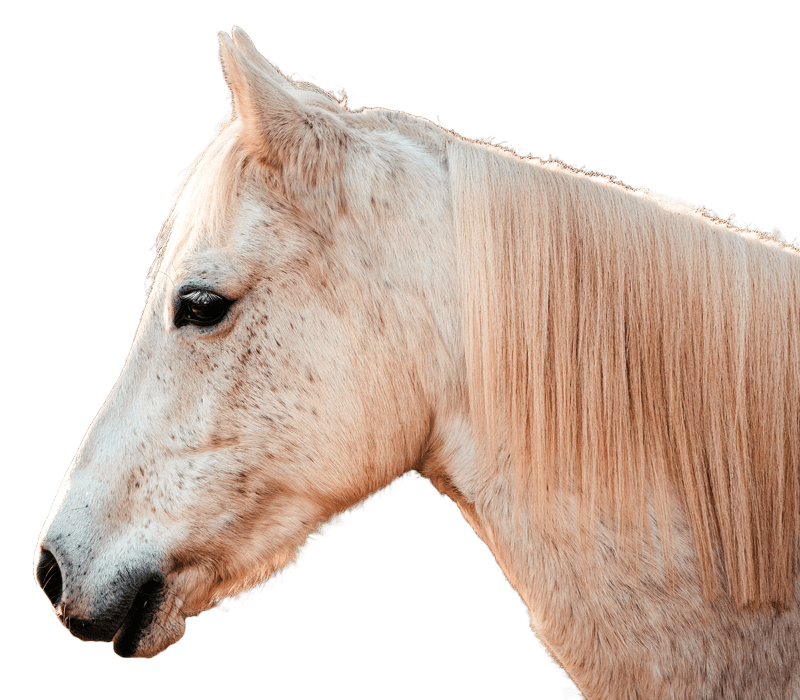
Actually Old?
When is Your Horse

Advertisement
Adertisement
Horse age / Human age
Follow this overview and you find your horse’s ‘human age’.

Advertisement
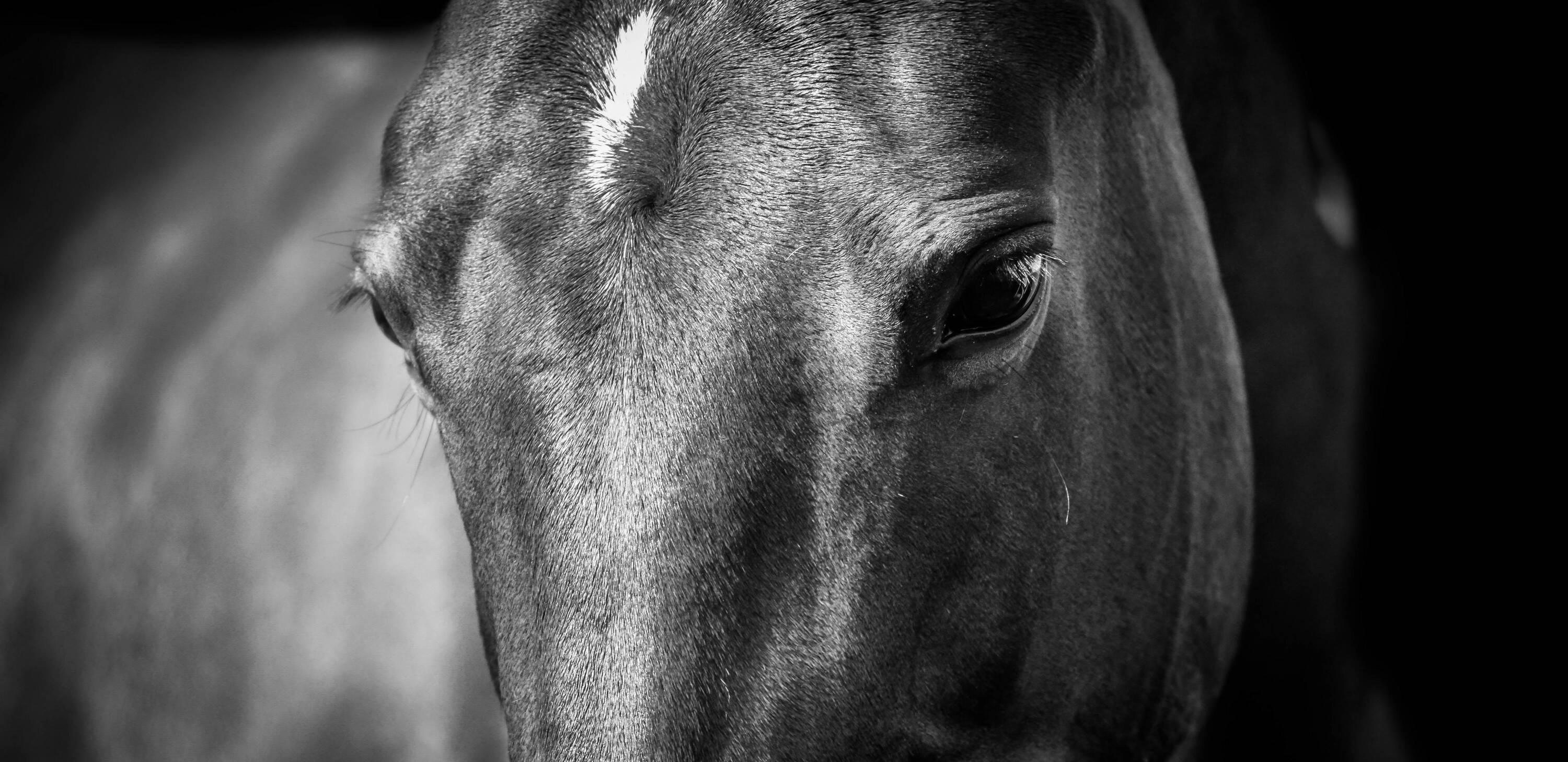


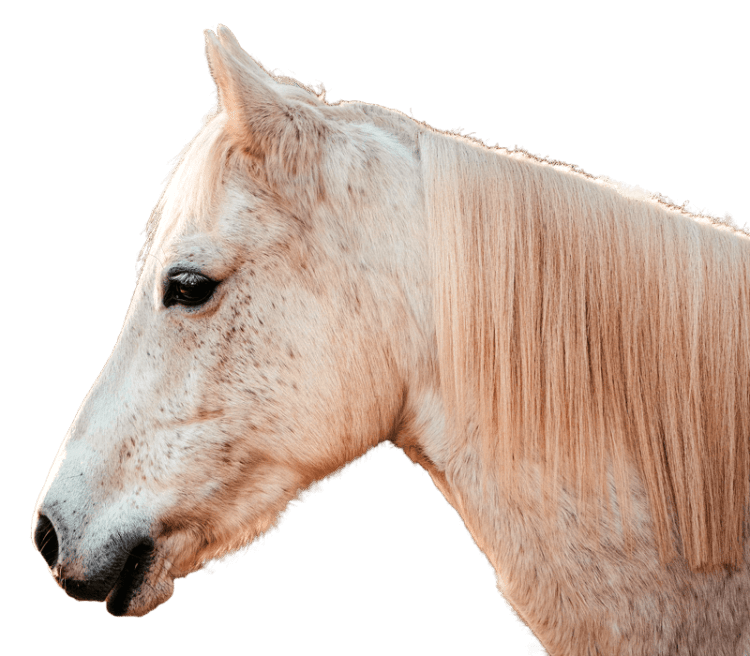
When is Your Horse
By Tina Bjerre Nielsen
It is often said that a horse can live until it is somewhere between 20 and 35 years old. This of course depends on the breed, how much the horse has been used throughout its life, how robust it is genetically, and naturally when the owner decides that it is time to say goodbye. Finding out when your horse can be classified as ‘old’ can be difficult, and it may be even more difficult to find out when it is time to slow down training. In short, the best advice, we can give you, is to listen to your horse and accept the fact that it can be “old” when it is 15 as well as when it is 25. It is up to you to notice.
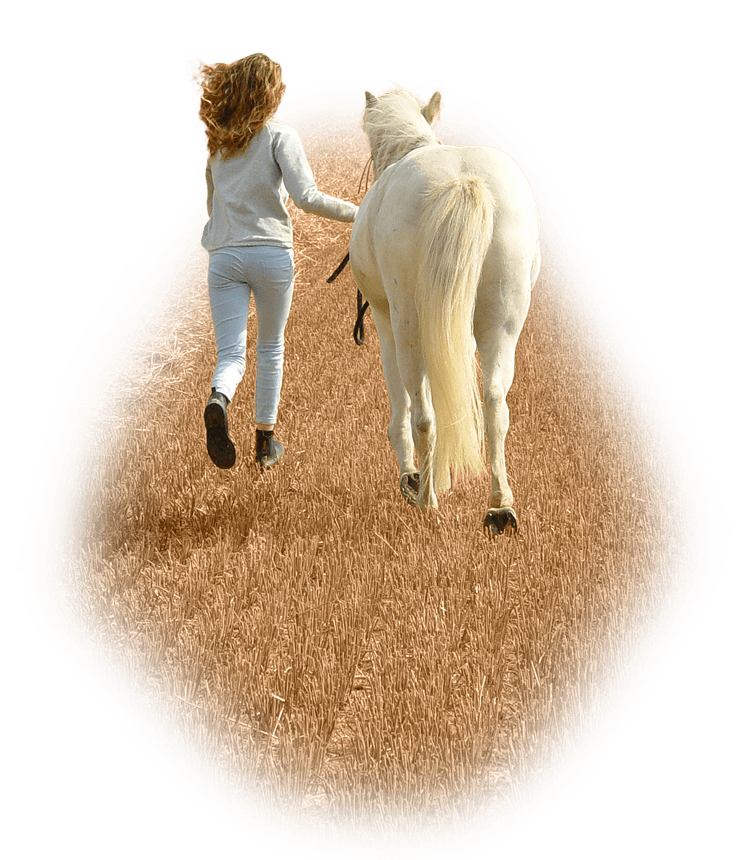
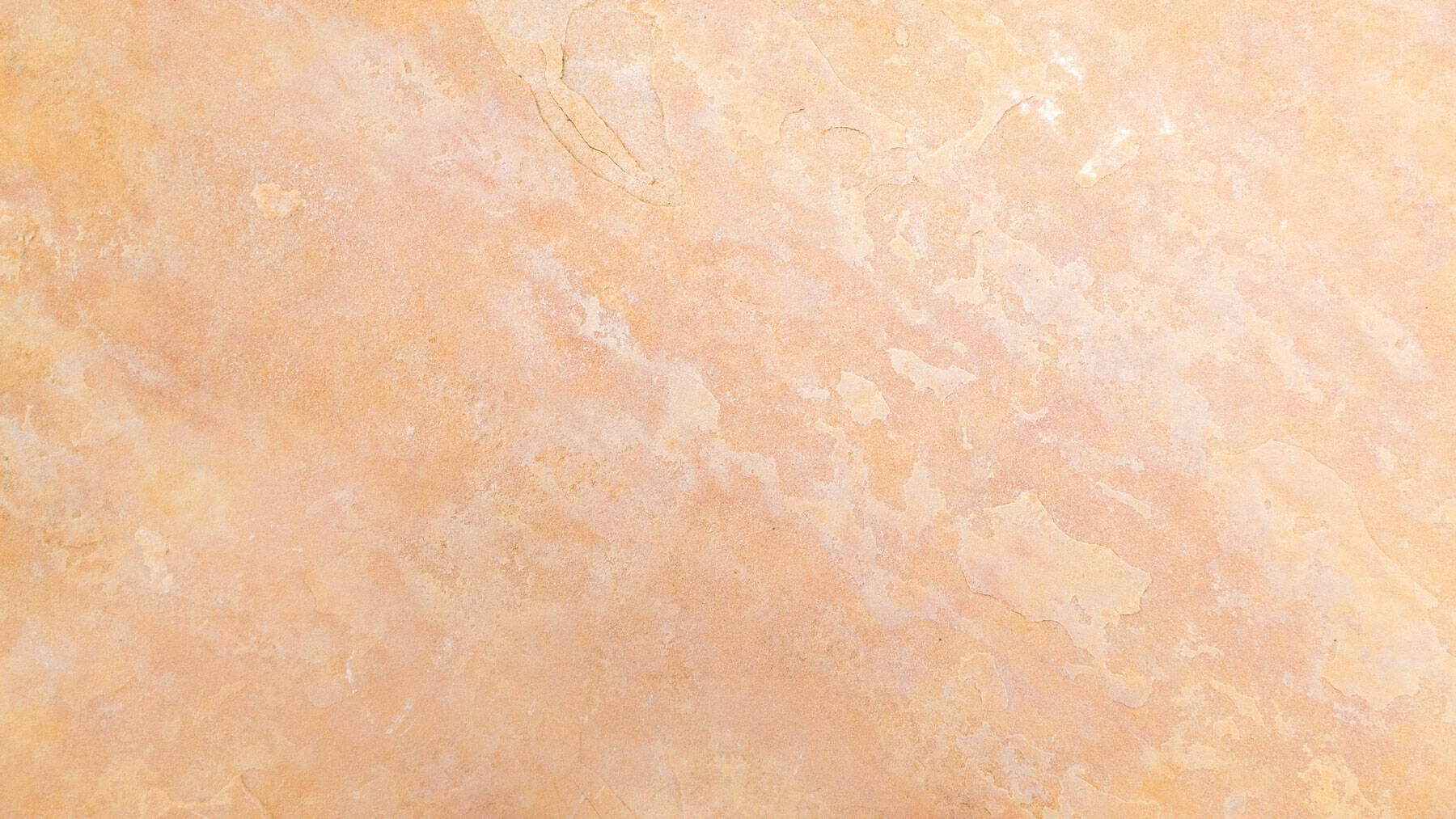
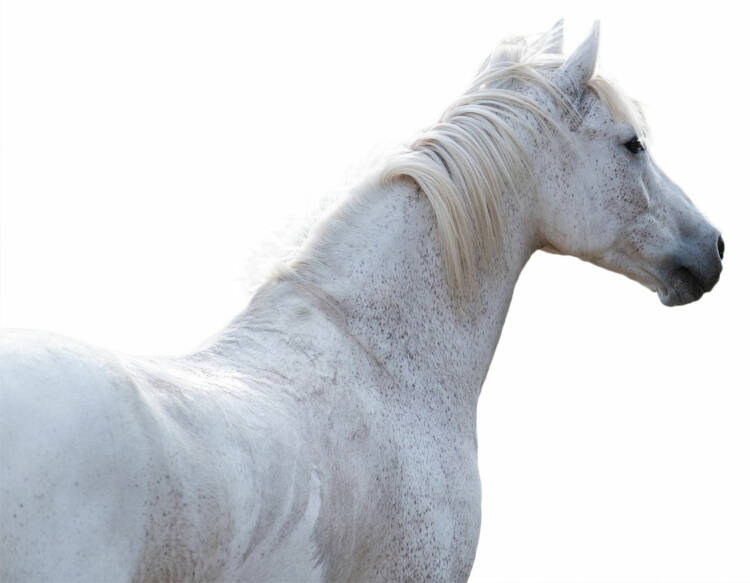
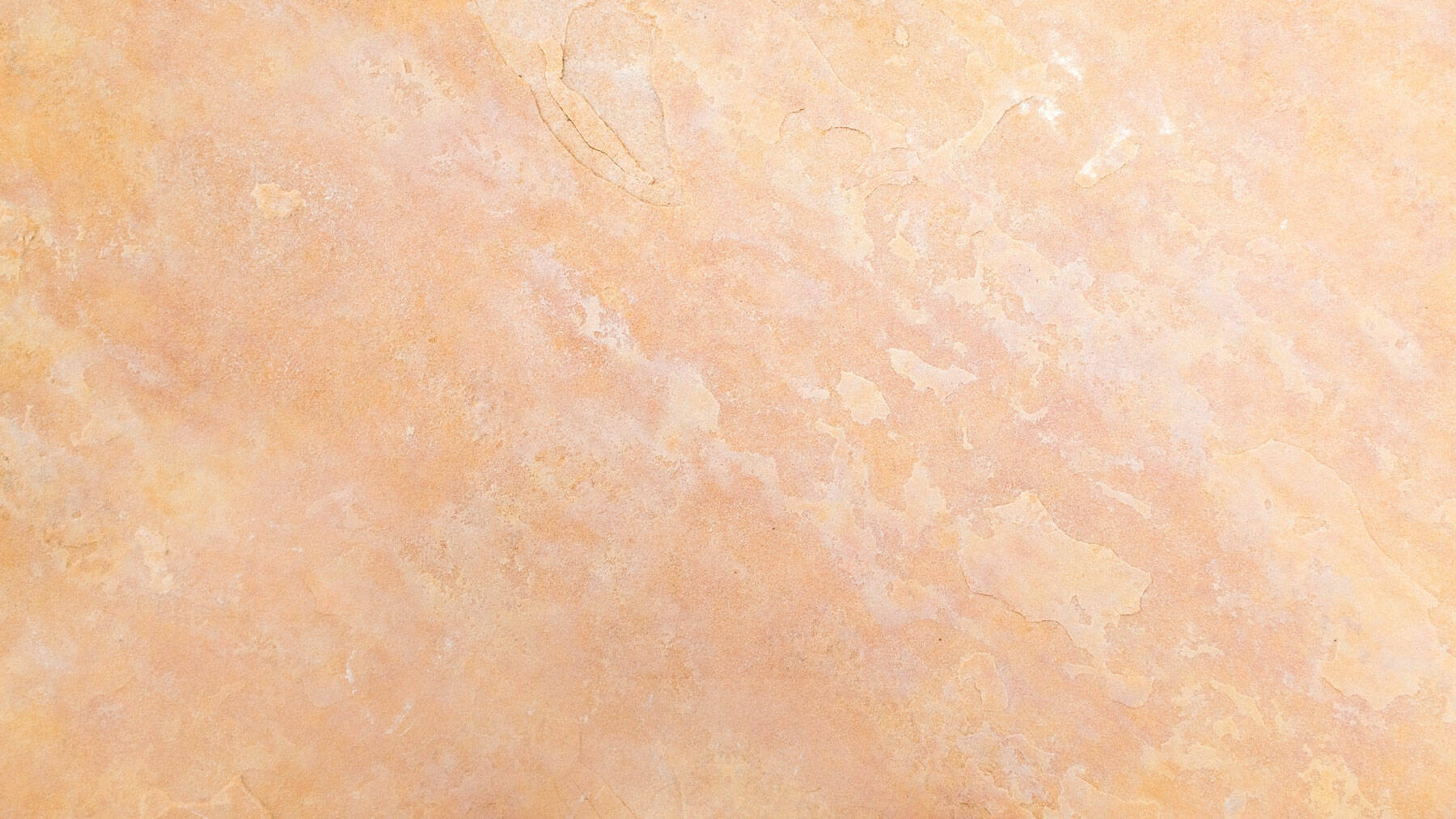
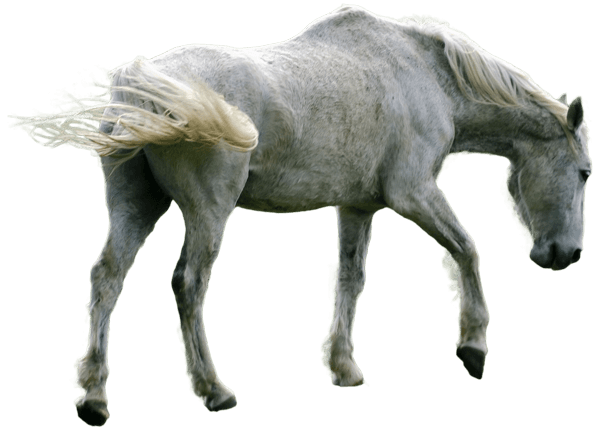
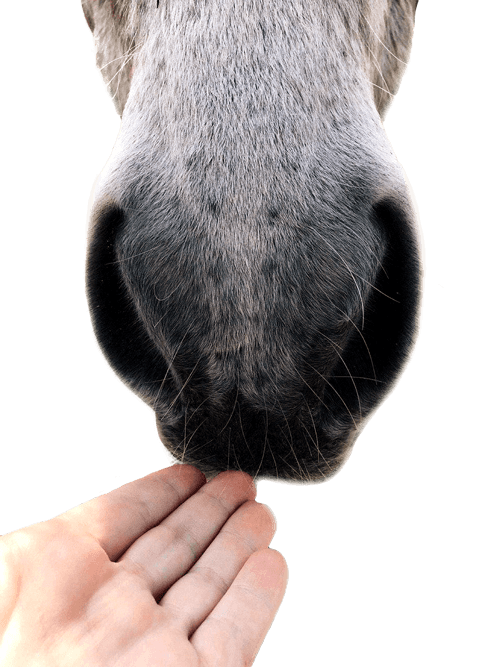
Check out the latest news on our platforms
Receive our newsletter about the daily life with horses in your inbox
Actually Old?
9 Signs that your
horse is getting old
Importantly, we must keep in mind: Even though your horse starts to show some signs of aging, its riding career is not necessarily over. Some horses can perform at a high level until they are 18-19 years old, while others are worn out by the age of 12. It is ultimately up to you to realize how your horse is doing, and this can be really difficult. To help you we have listed 9 signs that your horse is getting old.
Around the eyes, ears, on the muzzle and forehead, mane and tail.
And more marked.
Hard to build up – especially in thoroughbreds and warmbloods.
Such as arthritis, osteoarthritis, spavin, Cushing, laminitis, respiratory problems, liver and kidney problems, cataracts, sarcoids and melanomas (cancer).
This may also be a sign of Cushing, liver or kidney problems.
Which can also be a symptom of something serious such as a tumor.
Which are i.e., shown by the horse leaving some of his feed.
I.e., the horse lies down more and is generally resting more often than earlier in his life.
When it is harder for the horse to fulfill what is normally expected of it, you know it is time to slow down. Make sure though that it´s not a sign of illness.
What about training?
Precisely as it applies to humans, working out keeps the horse healthy. Of course, a 25-year-old horse should not be trained in the same way as 15-year-old, just like an 85-year-old man rarely trains for a marathon. But moderate exercise will keep your old horse strong and healthy. To make your elderly horse last as long as possible, it is wise to slow down the training, when it starts to show signs of old age.
Exercise regularly
The older horse should not just exercise every weekend. Instead, it should be lightly worked several times a week. Frequent, small amount of riding is best.
Make the training easier
Expect less of your horse. Lower the height of the fences or cut down the number of dressage exercises. This way you reduce the risk of injuries or loss of motivation.
Variation is the key
Varied training will keep your horse happy and motivated despite his age. In addition, variation strengthens the horse – just as it does for horses of all ages. Do not hesitate to go for a ride outdoors in the nature several times a week. Nature simply does not demand the same level of muscle, balance and endurance of the horse as consistent work in the arena.
Thorough warm up
Before and after training it is important to give the old horse plenty of time to warm up and cool down, because the body is working slower.
Watch out for the saddle
Because the horse’s upper line is changing when it gets old, you must be careful with the saddle. Probably, you should go with a professional saddle check when your horse gets old.
As mentioned, you cannot solely use the horse’s age to determine its physical condition. But it still might be valuable to compare the age of a horse with that of a human, just to have something to relate to. Just remember to not just look at the number, but to try to understand it in the context of how you experience your horse.
Most recognized is a method of calculating the horse’s age into ‘human years’ made by the British veterinarian Dr. Jornigan. This veterinarian does not believe that one ‘horse year’ corresponds to a certain number of human years. Instead, it should be assumed that the horse’s first year corresponds to 12 human years, and that its second year corresponds to another 9 human years. Then the horse’s next 3 years are equal to 4 human years each. And when the horse is 5 years old, every subsequent year is counted for 2,5 human years.
Follow this overview and you find your horse’s ‘human age’.
Sources
BlueCross / Kentucky Equine Research / S.E. Blackwell: ’The Senior Horse – More Than Just Basic Care’.
60,5
63
65,5
68
70,5
73
75,5
78
80,5
83
85,5
88
90,5
93
95,5
16 Years
17 Years
18 Years
19 Years
20 Years
21 Years
22 Years
23 Years
24 Years
25 Years
26 Years
27 Years
28 Years
29 Years
30 Years
1 Years
2 Years
3 Years
4 Years
5 Years
6 Years
7 Years
8 Years
9 Years
10 Years
11 Years
12 Years
13 Years
14 Years
15 Years
12
21
25
29
33
35,5
38
40,5
43
45,5
48
50,5
53
55,5
58
Horse age / Human age
Advertisement
Adertisement

Advertisement




